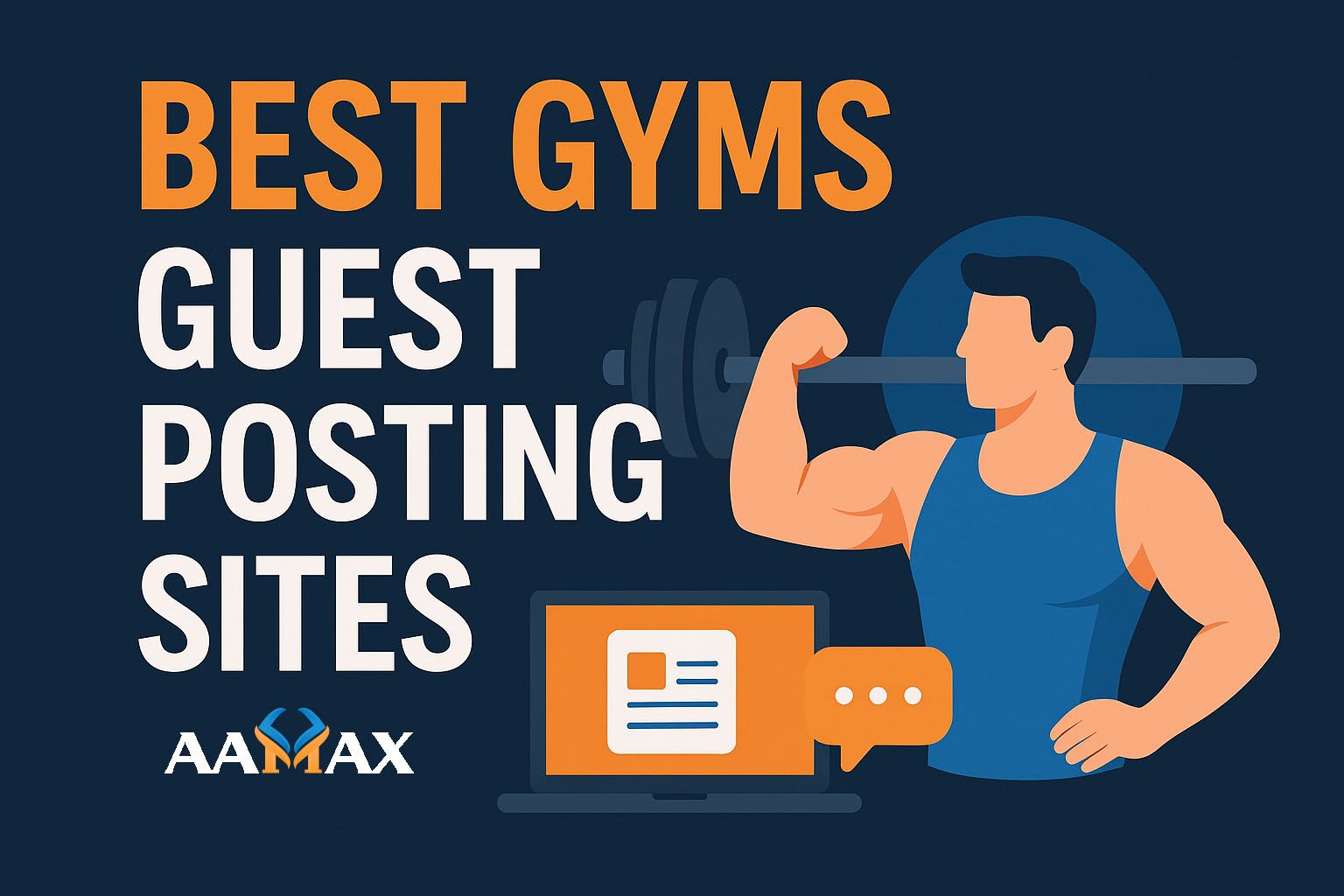
Facebook Marketplace Ads: 5 Tips to Run FB Marketplace Ads
Facebook Marketplace has transformed from a simple online classifieds section into a powerful platform for businesses and advertisers. With over a billion people using Marketplace globally each month, it’s become a prime destination for buying, selling, and promoting products. While individuals often use it to sell second-hand goods, brands are increasingly leveraging Facebook Marketplace Ads to reach high-intent shoppers in a local or global market.
In this guide, we’ll explore:
- What Facebook Marketplace Ads are
- Why Marketplace Ads are a valuable channel
- How they differ from traditional Facebook Ads
- Five powerful tips to run effective FB Marketplace Ads
- Common mistakes to avoid
- FAQs about Marketplace advertising
What Are Facebook Marketplace Ads?
Facebook Marketplace Ads are sponsored listings that appear when users browse Facebook Marketplace. Instead of being limited to the organic listings you post manually, these ads are part of Facebook’s advertising ecosystem, meaning they can be highly targeted, optimized, and tracked for performance.
When someone is browsing Marketplace, they’re already in a shopping mindset—looking for products, comparing prices, and evaluating options. This makes Marketplace Ads uniquely positioned to reach users who are closer to making a purchase compared to general Facebook users scrolling through their News Feed.
Why Facebook Marketplace Ads Matter
Marketplace ads offer a blend of high intent and broad reach. Here’s why they’re valuable:
- Audience Intent – Marketplace users are actively shopping, making them more likely to convert.
- High Engagement – Product-style listings with prices, photos, and descriptions are familiar to buyers and easy to browse.
- Integrated Experience – Ads blend seamlessly into the Marketplace feed, feeling less intrusive than banner ads.
- Precise Targeting – Facebook’s ad targeting tools allow you to reach specific demographics, locations, and interests.
- Cost-Effective – CPC (Cost Per Click) can be lower compared to other platforms, especially for local targeting.
Facebook Marketplace Ads vs. Traditional Facebook Ads
While both use Facebook’s Ads Manager for setup, there are a few differences:
- Placement – Marketplace ads appear alongside product listings in Marketplace, while traditional ads can show in feeds, stories, or right-hand columns.
- Shopping Mindset – Marketplace audiences are often further along the buying journey.
- Creative Style – Ads in Marketplace tend to perform best when they look like organic product listings with clear images and details.
- Intent Matching – Marketplace campaigns can feel more like direct-response advertising compared to brand-awareness campaigns.
How to Set Up Facebook Marketplace Ads
Although you can post free listings directly to Marketplace, paid ads require using Facebook Ads Manager. Here’s the basic setup process:
- Go to Ads Manager – Log into your Facebook Business Manager account.
- Choose Your Objective – For Marketplace, objectives like Traffic, Conversions, or Catalog Sales work well.
- Define Your Audience – Use location targeting, demographics, and interest-based targeting to refine your reach.
- Select Placements – Choose “Manual Placements” and select Marketplace. You can also run ads in both Marketplace and other placements.
- Set Budget and Schedule – Decide your daily or lifetime budget and campaign duration.
- Create Your Ad Creative – Use high-quality images, concise descriptions, and clear pricing.
- Launch and Monitor – Track performance via Ads Manager and optimize based on CTR, CPC, and conversions.
5 Tips to Run Effective Facebook Marketplace Ads
1. Use High-Quality, Eye-Catching Images
Your image is the first thing shoppers notice in Marketplace. Since ads appear alongside organic listings, low-quality photos will instantly get ignored. Use well-lit, high-resolution images that showcase your product clearly. Lifestyle photos can also work well, showing your product in real-world use.
Pro Tip: Avoid overly staged or generic stock images. Instead, aim for authentic visuals that fit in with other Marketplace listings while still standing out.
2. Write Clear, Benefit-Focused Descriptions
While you don’t have much space, your ad copy should highlight the benefits of your product, not just the features. Instead of “Wooden Dining Table – 6 ft,” try “Elegant 6ft Wooden Dining Table – Seats 6 Comfortably, Durable Solid Oak.”
Keep your descriptions concise but persuasive. Include keywords potential buyers might search for in Marketplace.
3. Target the Right Audience
Even though Marketplace has a built-in shopping audience, you’ll get better results by narrowing your targeting. Use Facebook’s audience filters to reach the right people:
- Location targeting for local sales
- Interest targeting to match hobbies or product-related searches
- Custom audiences for retargeting previous visitors or customers
If you’re selling furniture, for example, you can target homeowners in your city aged 25–55 with an interest in home improvement.
4. Include a Competitive Price
Marketplace is highly price-sensitive. Buyers often compare similar listings side by side, so having a competitive price can make your ad more appealing. If your price is higher, justify it with full-service digital marketing agency quality claims, warranty information, or additional services.
5. Optimize and Test Regularly
Don’t set and forget your ads. Monitor metrics like click-through rate (CTR), cost per click (CPC), and return on ad spend (ROAS). Test different images, copy variations, and pricing to see what performs best.
Small adjustments can significantly improve results, so run A/B tests whenever possible.
Common Mistakes to Avoid
Even with a strong strategy, certain mistakes can derail your Marketplace ad performance:
- Using low-quality or irrelevant images – Poor visuals make your ad blend into the background.
- Overly generic ad copy – Without specific benefits, your ad won’t stand out.
- Ignoring mobile optimization – Most Marketplace users browse on mobile devices.
- Failing to monitor performance – Ads that are not optimized can waste budget quickly.
- Not responding to leads promptly – Marketplace users expect quick responses; delays can lead to lost sales.
Advanced Tips for Marketplace Ads
If you’ve mastered the basics, try these advanced techniques:
- Leverage Facebook Catalog Ads – Connect your product catalog to dynamically show relevant items to users.
- Use Retargeting Campaigns – Re-engage users who viewed your listing but didn’t buy.
- Combine with Messenger Ads – Allow users to instantly message you for more information.
- Test Seasonal Promotions – Offer limited-time deals during holidays or sales events to boost urgency.
- Analyze Competitor Listings – See what top sellers are doing in terms of images, pricing, and descriptions.
Measuring Success
The effectiveness of your Marketplace ads should be measured with the right metrics:
- CTR (Click-Through Rate) – Shows how compelling your ad is.
- CPC (Cost Per Click) – Measures ad efficiency.
- Conversion Rate – Indicates how many clicks lead to purchases.
- ROAS (Return on Ad Spend) – Determines if your ad spend is profitable.
Using Facebook’s Ads Manager, you can view all these metrics and make informed optimization decisions.
Frequently Asked Questions (FAQ)
1. Can I run Marketplace Ads without a business page?
No, you need a Facebook Business Page to run paid Marketplace ads through Ads Manager.
2. Are Marketplace Ads better for local or national sales?
They work well for both, but local targeting often yields higher conversion rates for certain products.
3. How much do Marketplace Ads cost?
Costs vary depending on your targeting, competition, and bid strategy. They can be very cost-effective compared to other ad platforms.
4. Can I promote my existing organic Marketplace listings?
Yes, you can boost existing listings directly from Marketplace, but Ads Manager offers more targeting and optimization options.
5. Do Marketplace Ads require different creatives from Facebook Feed ads?
Not necessarily, but ads that look like organic Marketplace listings tend to perform better.
Final Thoughts
Facebook Marketplace Ads are one of the most underutilized tools in digital advertising. By combining Facebook’s powerful targeting capabilities with the high-intent audience of Marketplace, businesses can drive more sales at lower costs Digital Marketing to many other channels.
From high-quality images and compelling descriptions to precise targeting and regular optimization, success with Marketplace Ads comes down to strategy and execution.
If you want expert help creating, managing, and optimizing your Facebook Marketplace Ads—and ensuring they integrate seamlessly with your overall digital marketing strategy—you can AAMAX, a full-service digital marketing company offering Web Development, Digital Marketing, and SEO services. Their team can craft ads that stand out in Marketplace, attract qualified buyers, and maximize your ROI.







